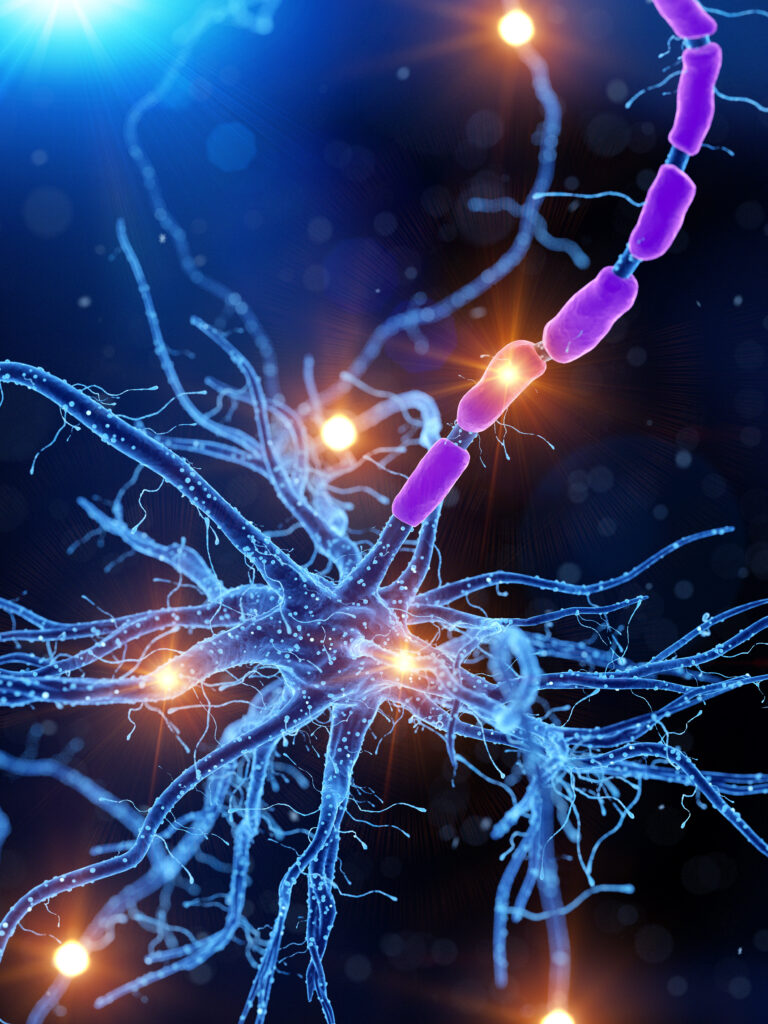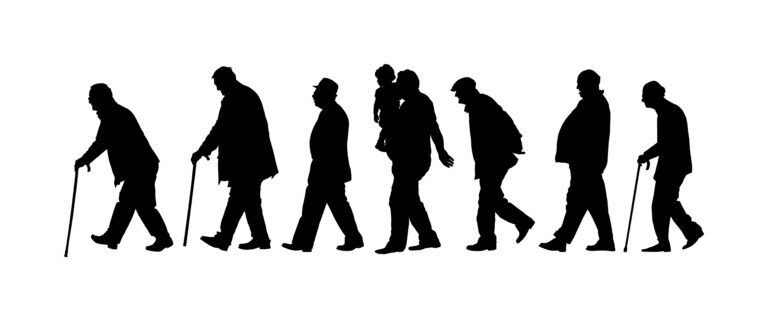Digital twins have been making waves in the field of medical research and healthcare. These virtual models are creating a buzz for their potential to revolutionize the way we understand and treat various diseases. One area where digital twins are gaining significant attention is in modeling Alzheimer’s disease.
Alzheimer’s disease is a progressive neurodegenerative disorder that affects millions of people worldwide. It is characterized by memory loss, cognitive decline, and behavioral changes. Currently, there is no cure for Alzheimer’s, and the available treatment options only offer temporary relief of symptoms.
But with the emergence of digital twins, researchers are hopeful that a better understanding of Alzheimer’s disease can lead to more effective treatments and possibly even a cure. So, what exactly are digital twins, and how do they play a role in modeling this debilitating disease?
Digital twins are virtual replicas of real-world objects or systems that mimic their physical characteristics and behaviors. In the field of medicine, digital twins are computer-generated models of human organs, cells, or entire bodies that behave similarly to their real-life counterparts. These models are created using various technologies, such as artificial intelligence (AI), machine learning, and big data analytics.
In Alzheimer’s disease modeling, digital twins are created to replicate the brain of an individual with the disease. These models are based on a person’s medical history, genetic makeup, and lifestyle factors. They are continuously updated with new data from the individual’s ongoing medical tests and assessments.
One of the major benefits of using digital twins in Alzheimer’s modeling is the ability to simulate the disease progression over time. This allows researchers to study how the disease develops and how different treatment options may impact its progression. For instance, researchers can use digital twins to test the effectiveness of new drugs in slowing down or stopping the progression of Alzheimer’s.
Another significant advantage of digital twins is the ability to personalize treatment plans. Each individual’s digital twin is unique, and therefore, treatment plans can be tailored to their specific needs and characteristics. This level of personalization can lead to more targeted and effective treatments, as opposed to a one-size-fits-all approach.
Moreover, digital twins can also be used for predictive modeling. By analyzing data from an individual’s digital twin, researchers can predict the risk of developing Alzheimer’s in the future. This can help with early detection and intervention, potentially delaying or preventing the onset of the disease.
Digital twins also offer a non-invasive and cost-effective way to study Alzheimer’s disease. Traditional methods of research, such as animal studies or post-mortem brain analysis, can be time-consuming, expensive, and may not accurately reflect the human brain’s complexity. With digital twins, researchers can conduct experiments and simulations without causing harm to living subjects or incurring high costs.
However, like any new technology, there are also challenges and limitations to using digital twins in Alzheimer’s modeling. One major challenge is obtaining accurate and comprehensive data to create an individual’s digital twin. Currently, there is a lack of standardized data collection methods for Alzheimer’s disease, making it challenging to build accurate digital twins.
Another limitation is the need for continuous updating and refining of digital twins. As our understanding of Alzheimer’s disease evolves, so must the digital twin models. This requires constant input of new data, which can be time-consuming and resource-intensive.
In conclusion, digital twins have tremendous potential in revolutionizing the way we study and treat Alzheimer’s disease. These virtual models offer a personalized and comprehensive approach to understanding the disease’s complexity and predicting its progression. While there are challenges and limitations, ongoing advancements in technology and research offer hope for a brighter future in the fight against Alzheimer’s.





